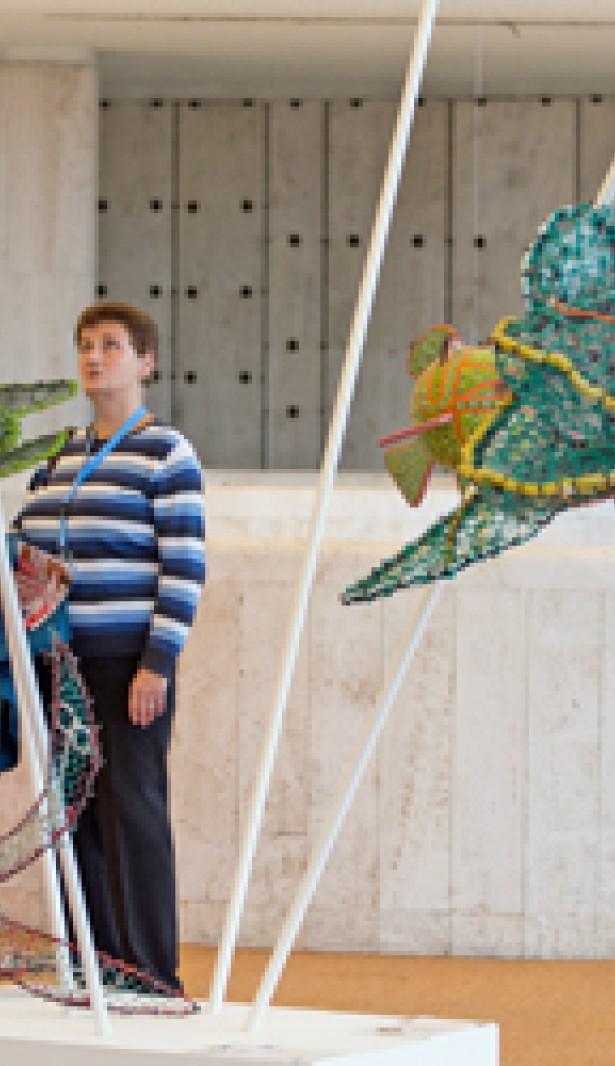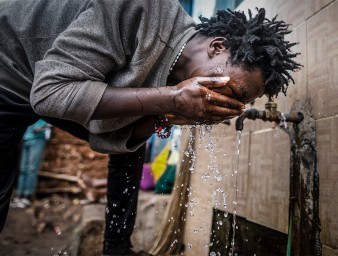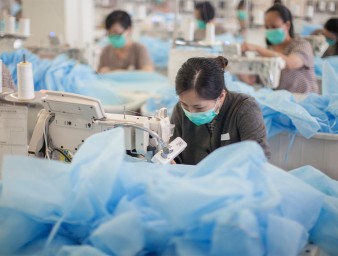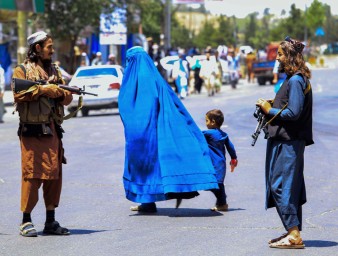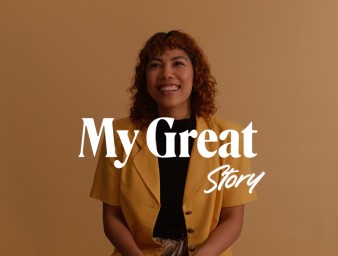“Ghost Nets”- Aboriginal art meets human rights
14 September 2017
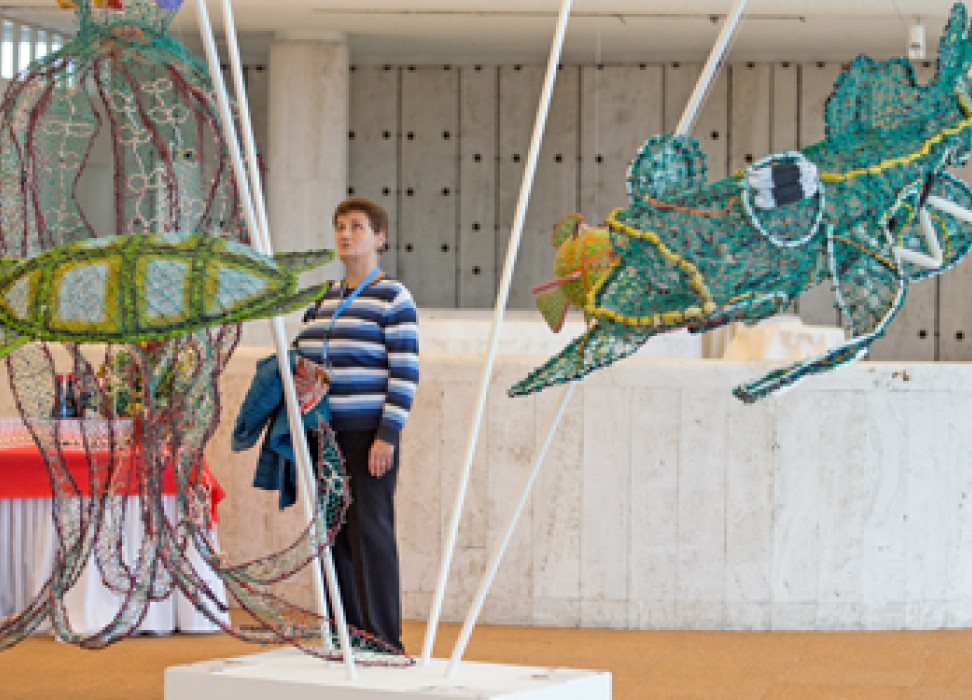
An exhibition “Ghost Nets” at Palais des Nations in Geneva highlights the manmade destruction of marine environments and how these affect the relationship with nature of the aboriginal peoples of Australia.
The exhibition is part of a wider show presented at the Musée d’éthnographie de Genève-MEG (Ethnographic Museum of Geneva), entitled the Boomerang Effect, which displays aboriginal arts from Australia.
“Ghost Nets” is a monumental project based on creations by artists from the Torres Strait Islands, in the remote Northern peninsula of Cape York, who are fighting to keep their ancestral bond with nature.
In a cathartic move and in an effort to denounce the ecological issues that affect them, these Islanders appropriated mass production fishnets lost at sea and turned them into the marine animals that no longer form part of the fauna of their shores.
“It is both haunting and playful – picking up the toxic residue of modernity and marrying it with ancestral totems of the ocean,” said UN Human Rights Chief, Zeid Ra’ad Al Hussein, at the exhibition’s opening. “Kilometres of plastic fishing nets kill species and harm indigenous communities’ ability to feed themselves. These are the “ghost nets” – aimlessly roaming killers.”
Those most harmed by the impacts of climate change are communities already at a disadvantage because of geography, poverty, gender, age, disability, and cultural or ethnic background.
“The Aboriginal artists whose work we see today are in many cases returning to their traditional family symbols -- recreating them with these lethal castoffs from the modern world. Their work helps to build awareness of the need to reform fishing practises, and encourages clean-up efforts to gather up the nets and put them to use. It also brings hope and employment, empowering people who are too often marginalised and excluded by society.
The day of the opening of the exhibition marked the tenth anniversary of the Declaration on the Rights of Indigenous Peoples. When the Human Rights Council enters into the second week of the 36th session in Geneva, Indigenous peoples’ rights will be centre stage throughout the meeting: several mechanisms on indigenous peoples will discuss their human rights, including the Special rapporteur on indigenous rights who will present her report on her last visit to Australia.
“The history of indigenous communities on the Cape York peninsula dates back tens of thousands of years. And there is a lesson here. We cannot undo the terrible harm that has been done to indigenous peoples around the world,” Zeid stressed. “But we can face the damage, seek to repair the terrible injustice they have suffered, and bring together ancient traditions to improve the Earth – and oceans – we all share.”
14 September 2017
